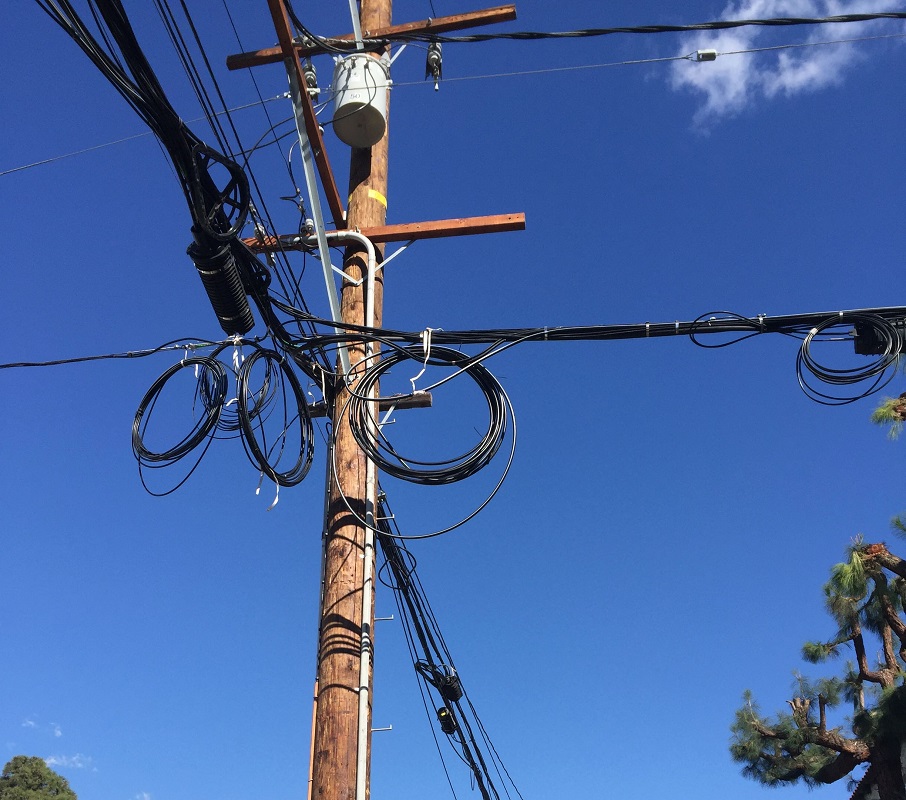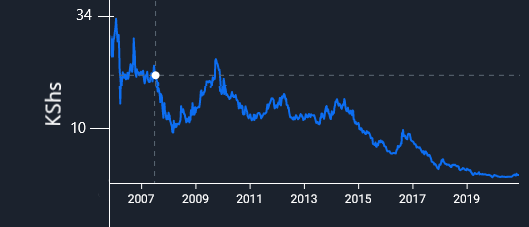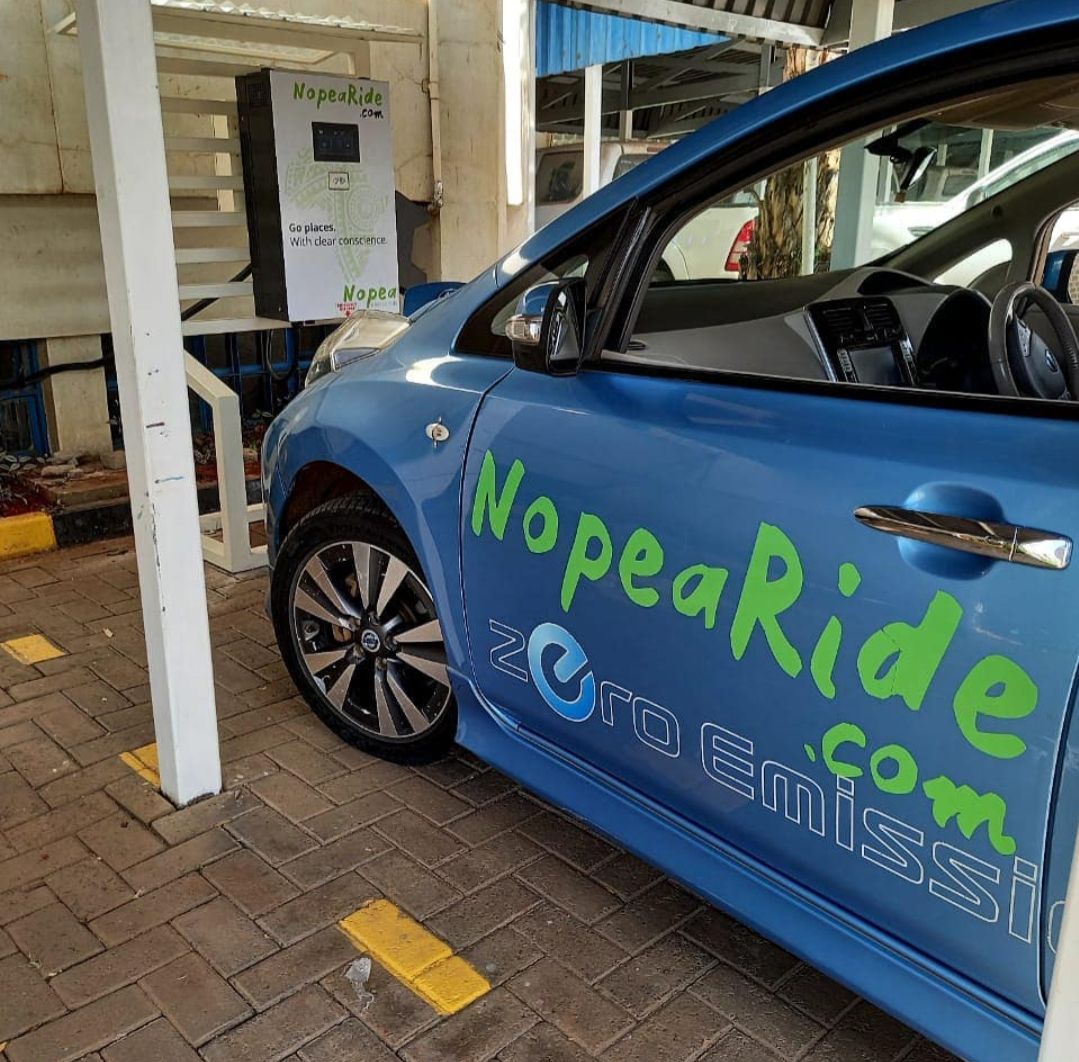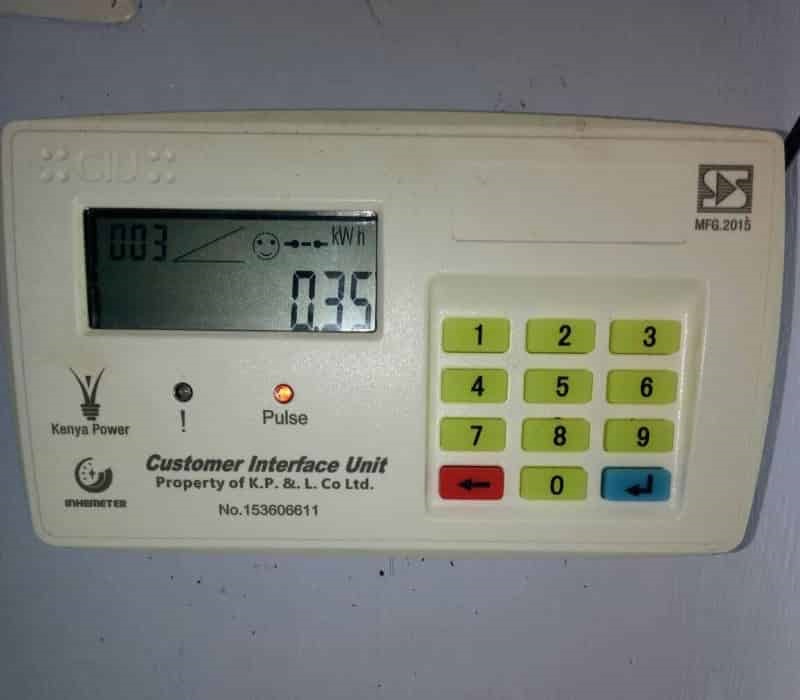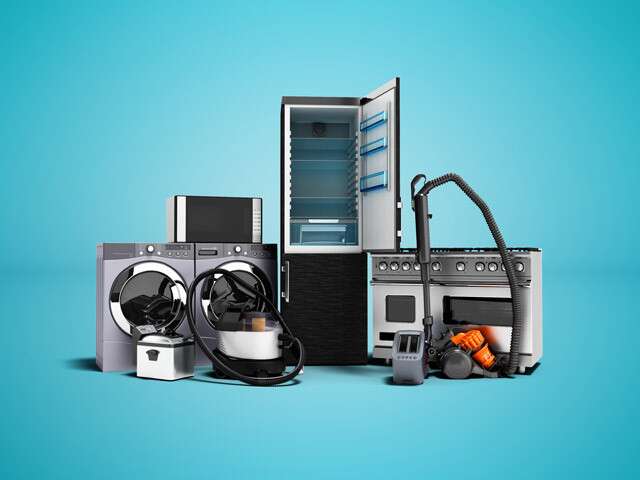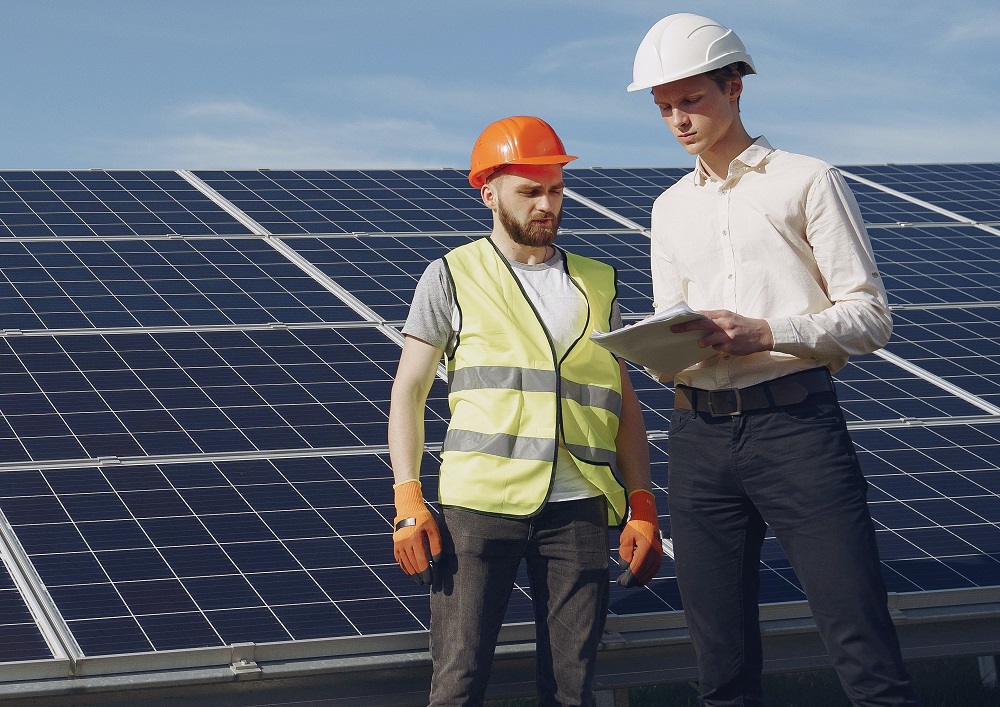Twenty years ago, motorcycles were a preserve for the rich in Kenya. In rural areas, a few teachers owned them, and agricultural extension officers used to ride them as they went for farm visits. They were not common, and were never a public means of transport.
This all changed when President Mwai Kibaki’s government implemented some policies that lowered the buying price of motorcycles, enabling many people to acquire them. Many youths jumped into the opportunity and motorcycles, popularly known as Boda Bodas in East Africa, went mainstream in Kenya.
Since then, motorcycles are a preferred means of transport in all parts of Kenya. As of 2020, there were more than 1.4 million boda boda riders in Kenya, doing a total of 22 million rides per day. The total revenue from the industry is KShs 980 million per day.
The Energy Part
One of the associated industries that has gained from the growth of boda boda is the energy sector, where it is estimated that the riders spend about 25% of their income on fuel. This would translate to about KShs 250 million spent every day on fuel.
It is this lucrative industry that is attracting different players with electric bikes. Traditionally, motorcycles run on petroleum fuel which has a lot of negative effects on the environment. Besides, the cost of repair and maintenance is high due to the many parts involved using Internal Combustion Engines.
With electric bikes, boda boda operators can save on fuel costs, spare parts, serving, and reduce their Carbon dioxide emissions.
Startups in the Electric Motorcyle Business in Kenya
Here are few startups that are seeking a piece of cake in lucrative electric boda boda sector.
Ampersand
Ampersand is an electric motorbike company which has been operating in Rwanda, but now expanding to other countries in East Africa. In April 2021, Ampersand secured a funding of 3.5 million USD from the Ecosystem Integrity Fund (EIF) to fund its expansion. Already, the company has advertised for various positions as it plans its entry into the Kenyan market.
Ampersand assembles its electric motorcycles and finances riders to acquire the bikers, as well as providing swap stations where riders come to swap batteries once charge is depleted.
Opibus
Opibus is a Kenyan based electric mobility start-up that has successfully converted Internal Combustion Engine vehicles to electric. One of the products that they are building is an electric motorcycle that is locally designed in Kenya.
Opibus’ electric motorcycle comes with a 2.9kWh battery with an extra slot for an optional second battery, and is available for preorder in Kenya, with delivery dates starting late 2021.
Ecobodaa
Ecobodaa is a Kenyan startup that is slowly disrupting the boda boda industry in Kenya. The startup providers riders with electric motorbikes that are designed and assembled in Kenya, and supports them to succeed as boda boda riders. With its unique ride-to-own financing model, riders get to own their bikes after sometime.
Ecobodaa launched a successful pilot program in 2020 before beginning their expansion. The startup has secured funding from Persistent Energy Capital in April 2021 to help accelerate its growth in Kenya.
Mazi mobility
Mazi mobility is another Kenyan startup that is assembling electric motorbikes in Kenya. Founded in 2020, Mazi mobility seeks to enable boda boda riders in Kenya to acquire electric bikes and provides battery swapping stations where riders will quickly swap their batteries quickly and efficiently.
Kiri EV
Founded in 2020, Kiri EV manufactures electric motorcycles in Kenya. It also provides charging stations, as well as battery swap stations. The firm has been in pilot phase but is now taking preorders from the public.
Fika mobility
Fika mobility wants Kenyans to transition to electric motorcycles by offering them affordable electric motorcycles and providing battery swap station for easy charging.
ARC Ride
Arc Ride is a British startup that offering electric motorcycles in East Africa. The startup is focusing on assembling electric motorbikes, establishing solar charging networks, assisting in ownership and offering fleet management services.
Stima
STIMA enables boda boda riders to acquire electric motorcycles and offers a battery swapping network to enable faster and easy battery swap.
Uber
In May 2021, Uber announced the launch of electric boda bodas in Kenya on its platform. This would allow riders offering the Uberboda, Uber connect and Uber Eats to run the service on electric motorcycles.
Bolt
Bolt followed Uber’s move and unveiled electric motorcycles in Kenya in June 2021. The electric motorbikes are in use by Bolt Food Carriers who do food delivery and will be expanded into the ride hailing business.
Others
There are some startups that are solely dedicated to providing charging infrastructure for electric vehicles. These include Chaji Energy and E-safiri.
UNEP’s Electric Mobility Programme has also added a voice in the race to electrify the boda boda industry in Kenya. Earlier in 2021, UNEP donated 99 electric bikes that are in use in Kenya in Karura Forest, Kenya Power and Lighting company, Power Hive and Kisumu County.
